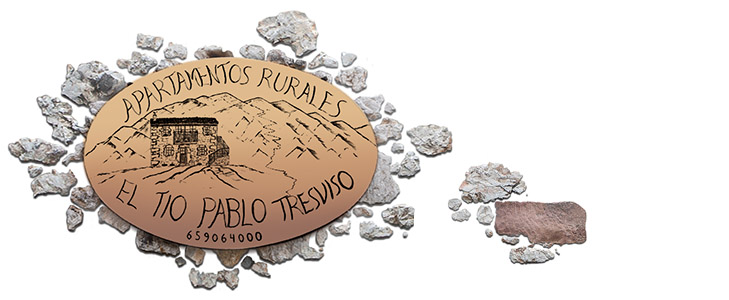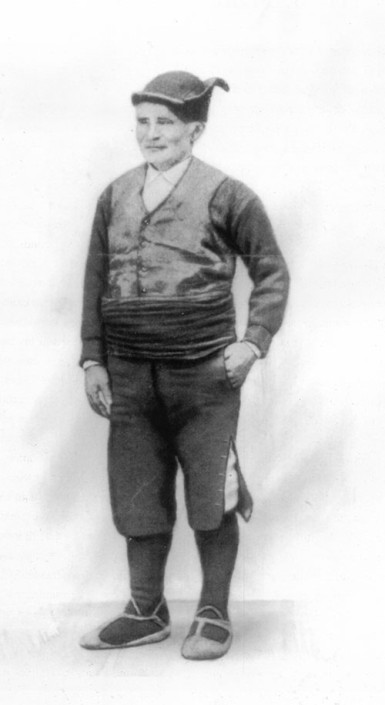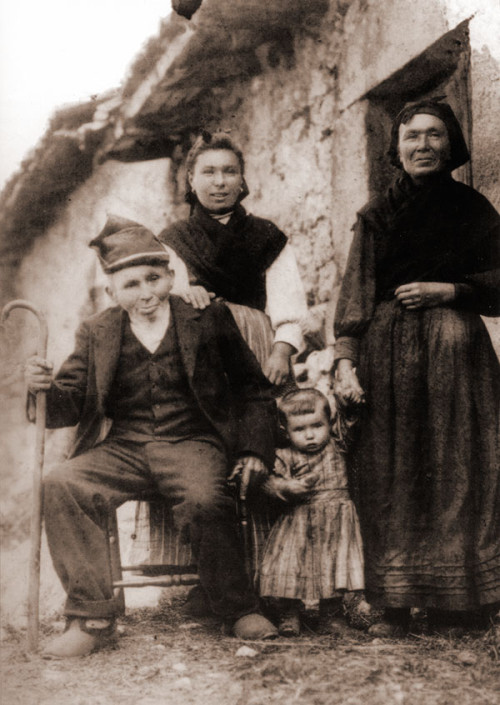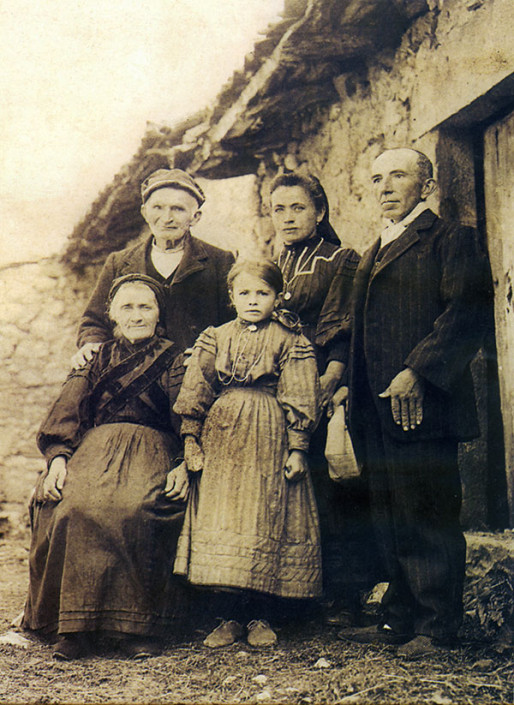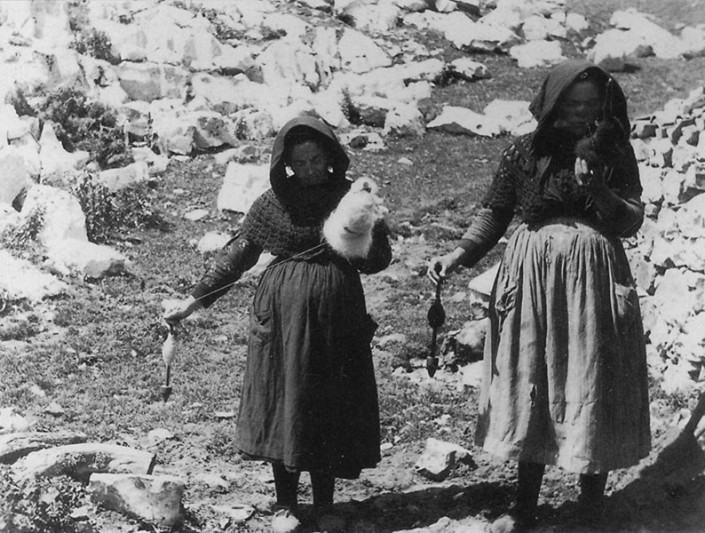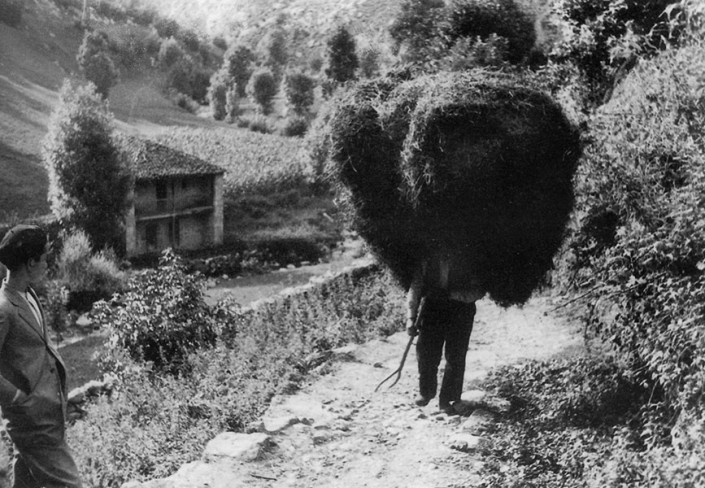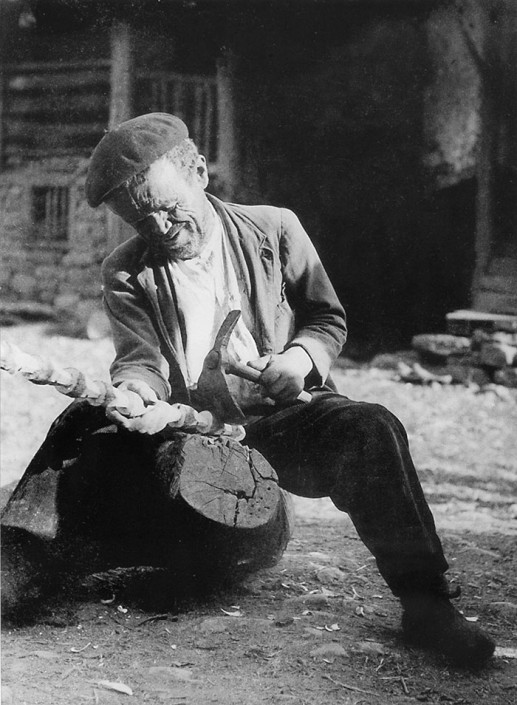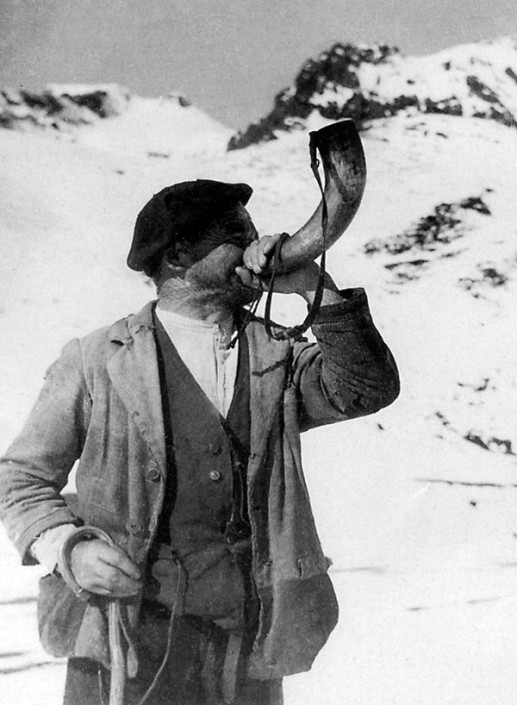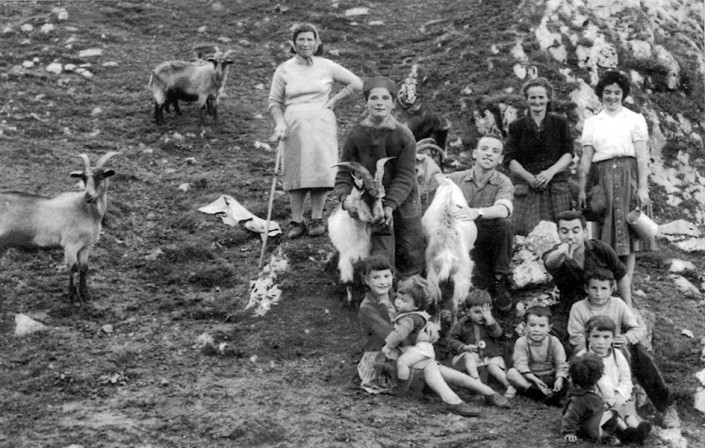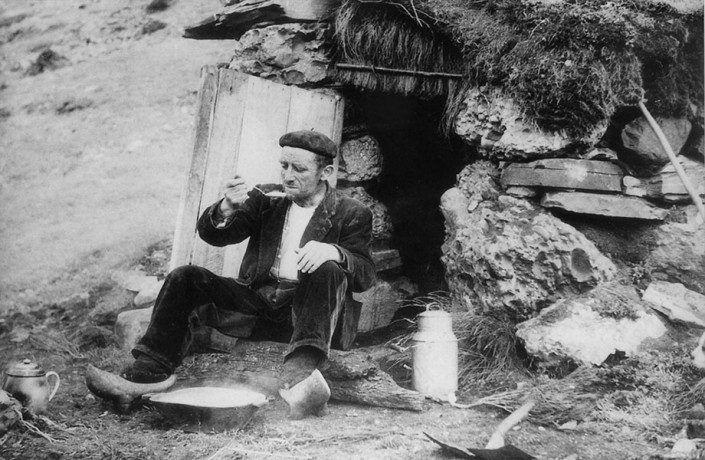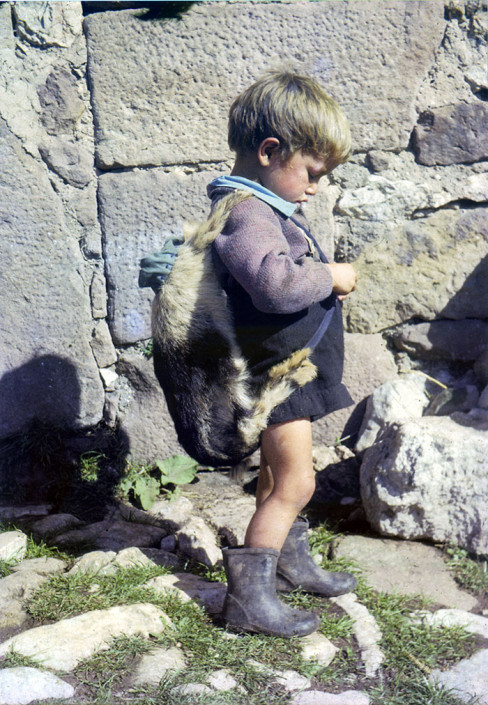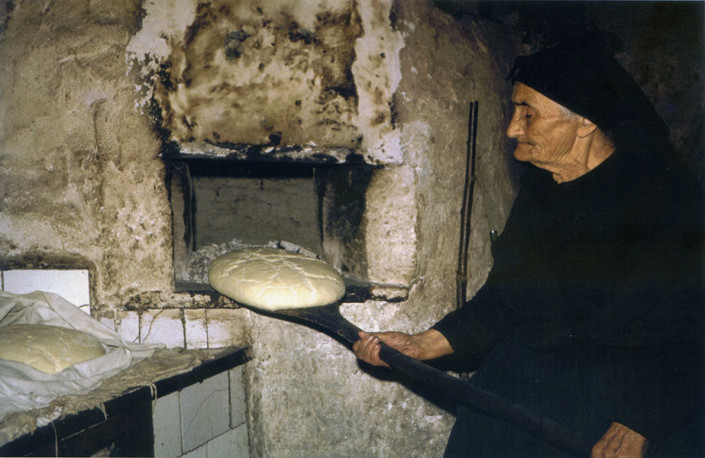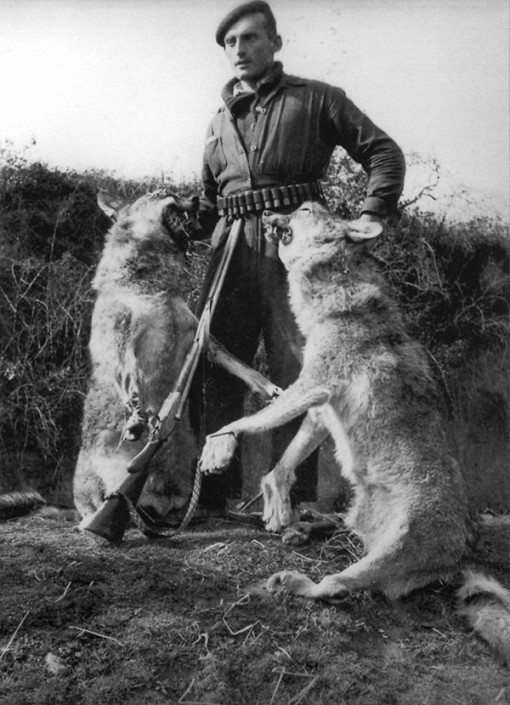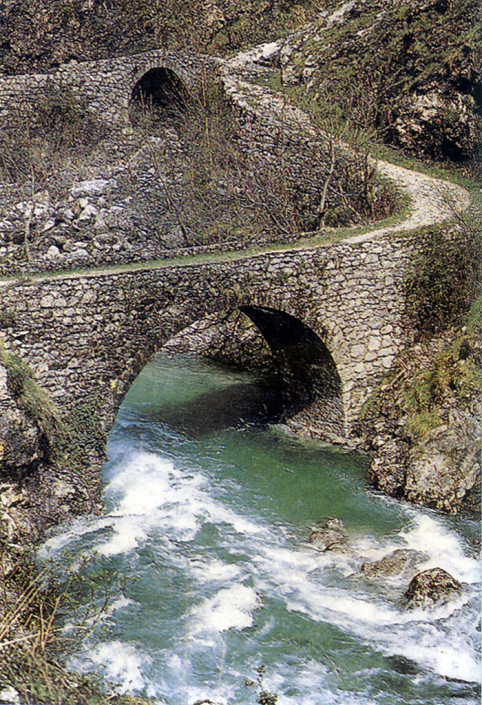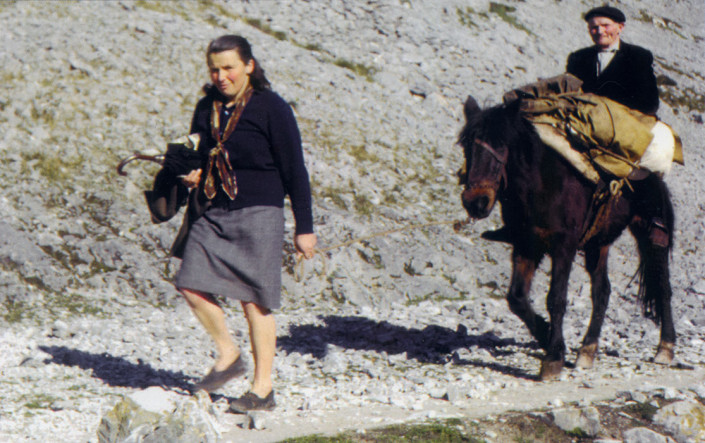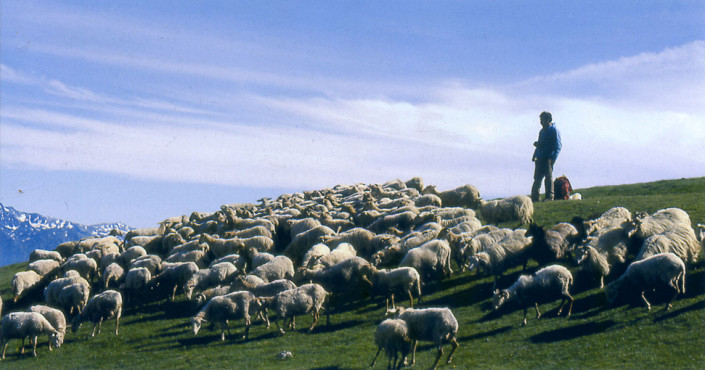HISTORY
There is no information available on its first settlements although there are some megalithic remains at Collado de Pirué and Altos de Barreda, on the border with the Asturian town of Cabrales, as well as those found at Les Cuerres, alongside the Urdón river.
The first documentary reference dates from the year 942 and appears in the Cartulary of Saint Toribio, in which a witness from Tresviso is mentioned in connection with the sale of a piece of land in Armaño. By the 10th century its geographical isolation had led to the emergence of a distinct community among the surrounding valleys, forming part of the Asturias de Santillana district.
For centuries, the scarcity and poor quality of the land meant that residents used it as pasture land as well as for hunting. They also made cheese, a supplementary activity to cattle-raising which was first documented at the start of the 14th century in an inventory carried out by the Santo Toribio monastery.
It seems likely that there was a specialised cheese trade in the early modern period which gave the place a certain level of popularity, as it appears in the Ensenada Cadastre (1753) as the ‘Borough of Tresviso’, which was set up as a manor shared by three gentlemen: Bernardino Sigler, a resident of Aguilar, Antonio de Colosía, a resident of Merodio, and Gonzalo Junco, from the Ribadesella valley.
In 1822 the borough formed the constitutional municipality of the same name, together with the Urdón neighbourhood. Until 1835 it was under the jurisdiction of Puente Nansa, before later forming part of the Potes and San Vicente de la Barquera jurisdictions. Today it belongs to the Liébana region.
Shown below is a selection of photographs taken from the book entitled “The Last Shepherds of the Picos de Europa”, by Ernesto Bustio Crespo and José Luis Casado Soto:
